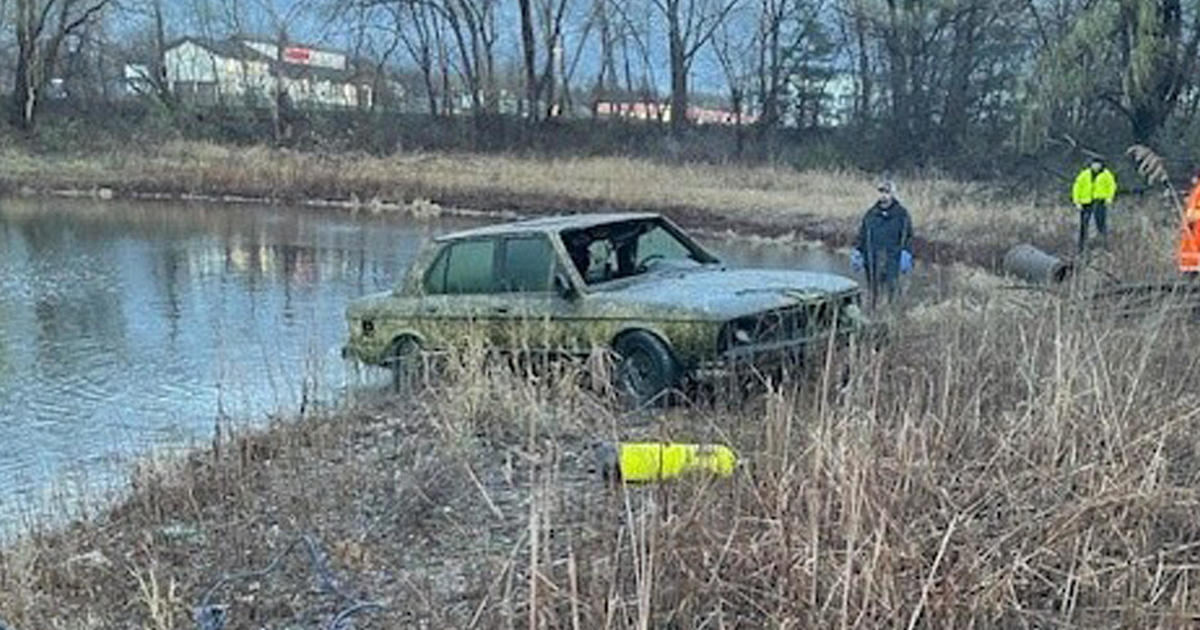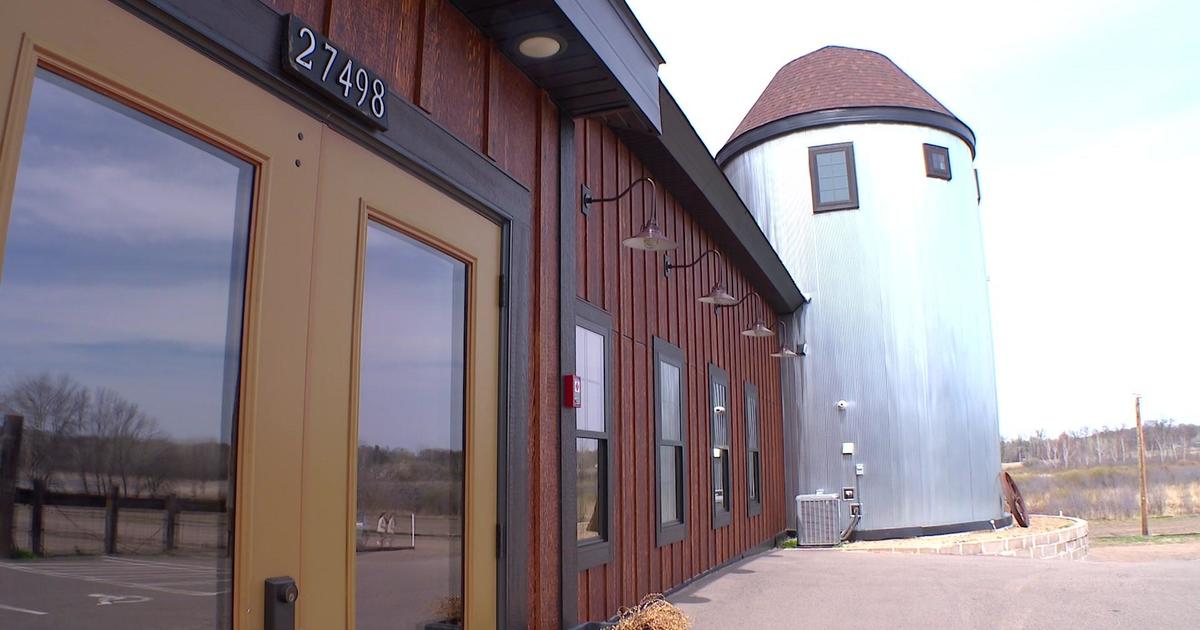Dakota County 'Blast Walls' Have Unique History From World War II
ROSEMOUNT, Minn. (WCCO) -- Gigantic concrete structures along a Twin Cities county road grab a driver's attention. WCCO discovered they are a piece of the state's history from World War II. And it's the story behind the surrounding land that is most intriguing. It lies off the beaten path near Rosemount in Dakota County.
"This is by far the thing we get the most questions on. 'What are those things?'" Jerry Mattson said referring to the concrete structures.
When County Road 46 was built, it parted the ways for people to satisfy their curiosity.
"People refer to them as the T-walls. What those are, are blast walls. And the real name for these buildings, the technical name, is the solvent recovery house," Mattson said.
The T-walls are just a portion of 12,000 acres seized from farmers in the 1940's. The land became the seventh and final gun powder plant in the country built for World War II.
"What they did here was one of the most hazardous steps in producing the gun powder. The idea being that if there was an explosion, they were far enough apart that the walls would blast to the side and the roof would go straight up," Mattson said.
Jerry Mattson, president of the Rosemount Historical Society, has made it his mission to learn all there is about Gopher Ordnance Works.
"These powder plants made gun powder, which was used in ... everything from rifle bullets to bags of powder that they would put into big naval guns. Gun powder making is a very involved process -- it can only be put in specific places," Mattson said.
Mattson explains the government chose Rosemount because of its distance from the Mississippi River, rail lines and labor.
"There were all total about 858 buildings in the entire plant in WWII," Mattson said.
That consisted of administration buildings, maintenance and change houses, some that still exist. But what's more fascinating is what's on the horizon -- the smokestacks for the power houses. Up close, they are mighty.
"It was critical to [the gun powder process]. You can't make gun powder without lots of steam and water," Mattson said. "They would have to boil the water for several hours. Then they would have to rinse it with good, clean, cool water. Then they would have to boil it again, and rinse it again, and this was done several times."
The historian said because the plant was added near the end of World War II, construction and production stopped and started up again a few times.
"So there was some question about how much of this powder actually made it to the front lines," Mattson said.
Many of the structures are now in ruins -- remnants of the contribution to the war. It's a piece of World War II history that Mattson believes will remain part of the North Star state.
"In hindsight, you can maybe say we didn't need it, but when you're fighting a war, you don't know what's going to happen," Mattson said.
The University of Minnesota inherited most of the land in the late 1940s. Part of the current UMore Park has been redeveloped. Another section is Dakota County Technical College.
You can see some of the structures from the road, but there is no trespassing on the property. Click here for more information.



